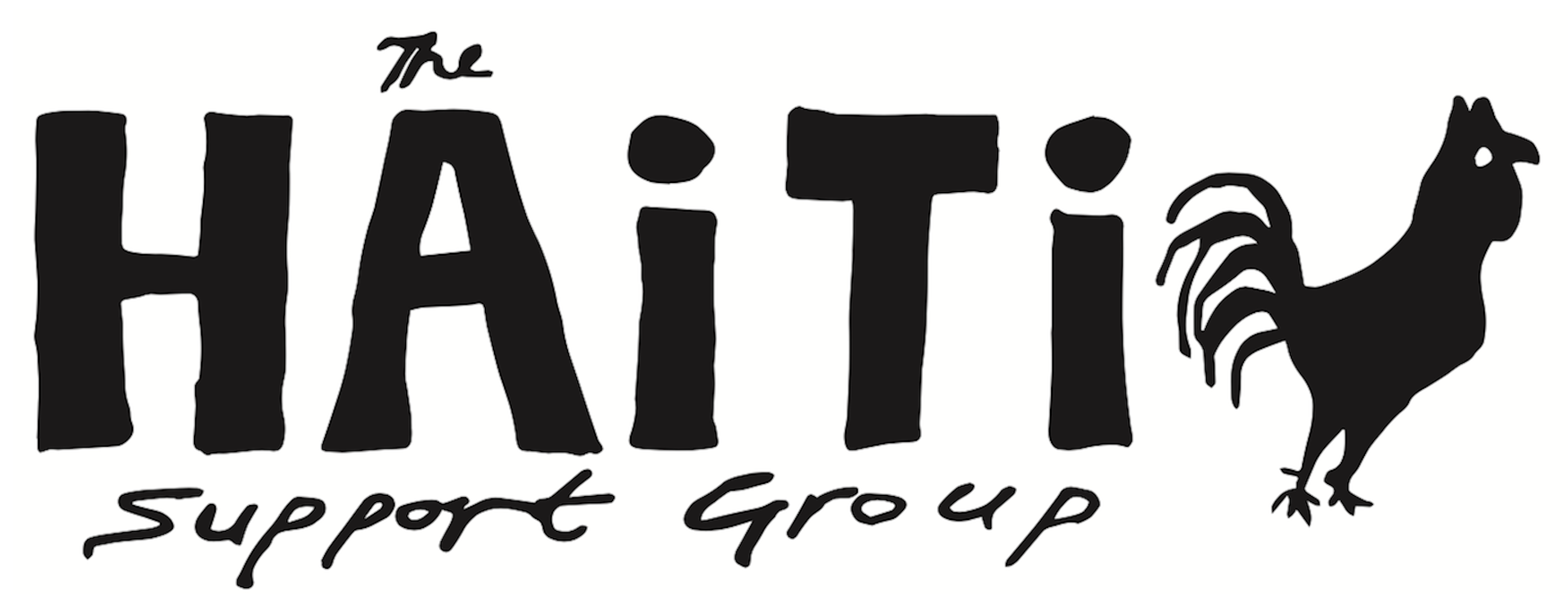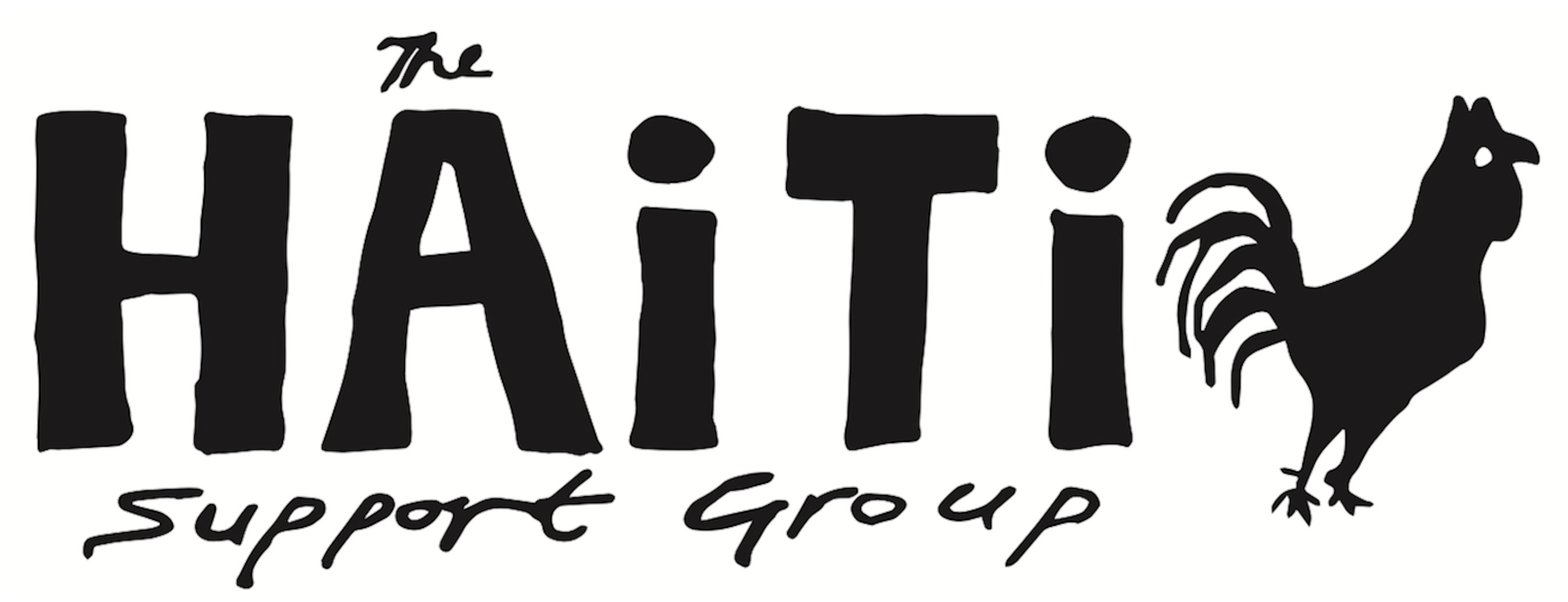Pride and Palaces. Sept. 14 2012, The Economist online
Left half in ruin for almost three years, Haiti’s National Palace is finally being knocked down. Yet while most Haitians are happy to see the eyesore go, many are less keen to see it demolished by an American charity, led by the actor Sean Penn.
In a country often dubbed the republic of NGOs, enlisting a foreign charity to tear down the most potent symbol of statehood was bound to raise eyebrows. Since January 2010, when a 7.0-magnitude earthquake rendered it a jumble of fallen concrete and deflated cupolas, the palace had barely been touched. A demolition effort began in summer 2010, but was then inexplicably halted. Half-destroyed, the palace became a monument to the quake’s devastation and the state’s weakness. The circumstances of its present demolition underscore the point. Lacking the capacity to tear down its own seat, the government has brought in Mr Penn’s charity, J/P Haitian Relief Organisation (HRO), which offered up its engineers and equipment at “minimal cost”. One newspaper based in the capital Port-au-Prince lamented the move as “a reflection of Haiti’s vanishing sovereignty”.
In reality, the gleaming white Beaux Arts palace was never an obvious symbol of Haitian sovereignty or pride. Although designed by an eminent Haitian architect, it was built during the American occupation of 1915-1934, with the help of American engineers. The Duvaliers, father and son, who ruled Haiti consecutively from 1957 to 1986 resided there the longest, using the sprawling building, twice the size of America’s White House, to various sordid ends. The younger Duvalier’s wife was said to have kept a refrigerated room there in which to store her furs.
Yet in the altered landscape of post-quake Haiti, almost anything can be interpreted as symbolic. Some Haitians understood the quake’s destruction of the palace, along with the parliament and most government ministries, as punishment for decades of official corruption, malfeasance, and neglect. That thousands of the 1.5 million Haitians left homeless set up tents on the Champs de Mars plaza near the destroyed palace, under the gaze of statues of Haiti’s founders, seemed poignant too. What might Toussaint Louverture, the eighteenth-century leader of the Haitian revolution, have thought? The post-quake settlements to the north of the city are called Canaan and Jerusalem, Biblical names for the promised land. Some 50,000 Haitians now live there, having invested an estimated $60 million in buying plots and building modest structures on the hillsides.
But the land was only half-promised. The former president, René Préval, declared in March 2010 that the area be reserved for public use, but stipulated that there would be no construction on it. Government planners and foreign aid donors once feared just the sort of anarchic construction Canaan and Jerusalem represent—unzoned, unregulated, untitled and dangerous. When Tropical Storm Isaac blew through Haiti in August, it shredded tents and left residents vulnerable to mudslides. According to government reports, 24 people died.
The current president, Michel Martelly, a renowned Kompa singer with a gift for onstage antics, often seems to prioritise stagecraft over statecraft, symbols over substance. Over the summer, the government cleared away tent-dwellers from the Champs de Mars and many of Port-au-Prince’s plazas. Together with foreign NGOs, it likes to boast about the drop in the encampment population, now numbering around 350,000. But it prefers not to discuss where displaced Haitians have gone. The figures suggest that they have returned to the precarious hillside housing—damaged or condemned in many cases—that is hidden away from the city’s thoroughfares. Although the earthquake destroyed or damaged around 200,000 houses, only 5,700 permanent houses have been rebuilt and 15,000 repaired. A USAID report last year said that 65% of condemned houses had been re-inhabited. For the most part then, the poor majority of Haitians seem to be doing what they have always done: making do for themselves, out of sight of those who were supposed to help them.

